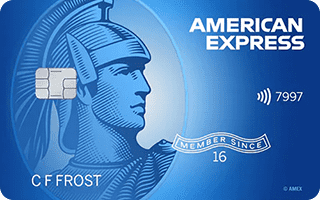Both the Blue Cash Everyday® Card from American Express and the U.S. Bank Cash+® Visa Signature® Card offer enticing cash back rewards and share the benefit of no annual fee, making them strong contenders for savvy spenders. In the head-to-head, the U.S. Bank Cash+ edges out with a slightly higher cash back potential in selected categories.
But the Blue Cash Everyday Card's consistent cash back at supermarkets, online retailers and gas stations makes it a reliable choice, especially with its introductory APR offer on purchases and balance transfers. While the U.S. Bank Cash+ may seem complex with its rewards structure, its tailored cash back categories can be highly rewarding if you strategize your spending.















